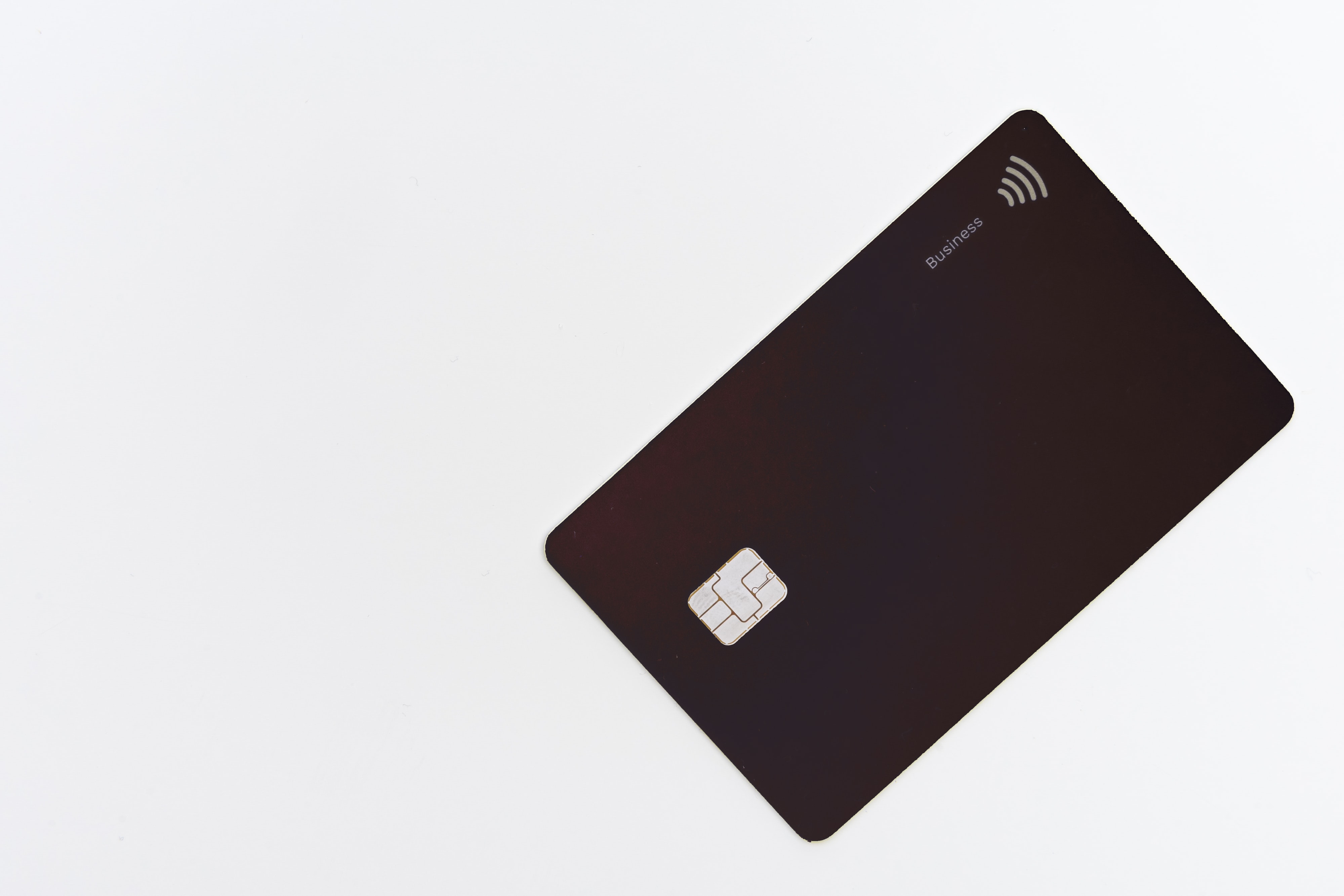Insights
Best practices and tips on spend management, automated expense tracking and corporate debit cards for Australian SMB and enterprise businesses.
Thinking about applying for business credit cards for your non-profit organisation? There’s going to be paperwork, hoops to jump through and most likely an in-person branch visit required. We hope this article helps you understand what you can expect to go through when dealing with the bank, as well as offering some alternative options for obtaining cards for employee spending.



